Although the sapphire used in most Apple Watch displays is more durable than the Ion-X glass in the Apple Watch Sport, it comes with penalties to image quality — especially in ambient light, according to lab tests published on Monday.
Apple's sapphire displays have 74 percent more screen reflectance than Ion-X, impacting contrast and color gamut, DisplayMate reported. While in total darkness performance between the two materials was essentially identical, at 500 lux — mid-level indoor ambient lighting — contrast ratios dipped to 64 for Ion-X and 38 for sapphire, even with Watch light sensors tricked into allowing maximum brightness.
In outdoor shade, or about 2,000 lux, those same ratios fell to 17 and 10 resepctively. Broad daylight reduced contrast further, down to ratios of 3 and 2 at 10,000 lux. Daylight can top out at about 25,000 lux.
Both Ion-X and sapphire are said to have displayed nearly 100 percent of the sRGB color gamut in complete darkness. By 500 lux though, those figures shrank to 93 percent for glass and 85 percent for sapphire. Ramping up to 2,000 lux dropped coverages to 68 and 54 percent.
The main way of narrowing the gap between materials may be to modify qualities of the sapphire used, DisplayMate suggested, since anti-reflective coatings can scratch too easily. Apple could also make use of some newer technologies, such as dynamic intensity and color management functions that both react to ambient light.
Apple charges a significant premium for sapphire-based Watches. While the Sport starts at $349, even the cheapest sapphire model is $549, although that also comes with the benefit of stainless steel casing instead of aluminum.
 Roger Fingas
Roger Fingas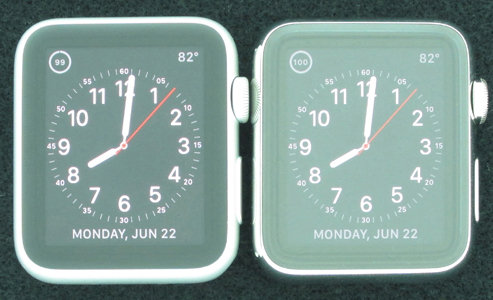

-xl-(1)-xl-xl-m.jpg)






 Chip Loder
Chip Loder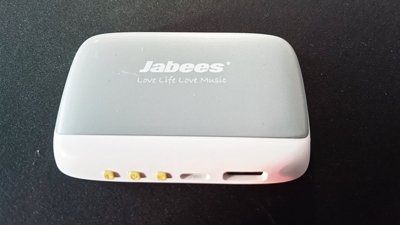
 Amber Neely
Amber Neely
 Wesley Hilliard
Wesley Hilliard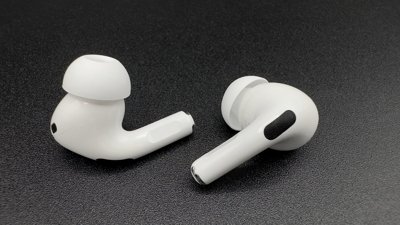
 Marko Zivkovic
Marko Zivkovic
 Andrew Orr
Andrew Orr
 Malcolm Owen
Malcolm Owen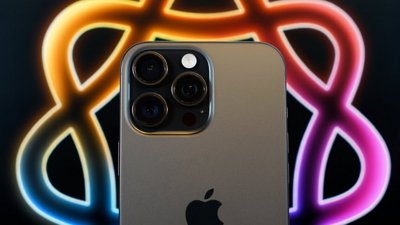

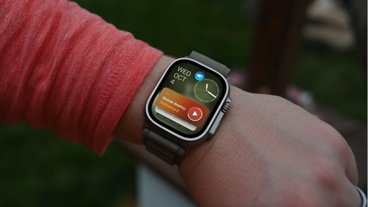

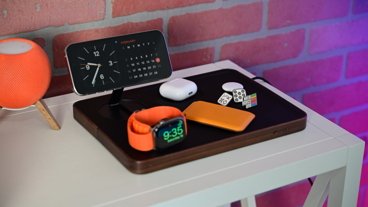


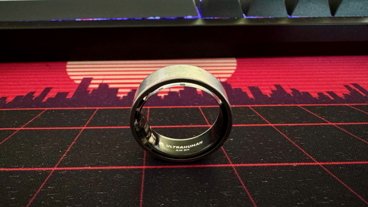


41 Comments
Don't they also use a sapphire coating on the camera lens?
Contrastgate. I called it!
This is a plus for my having gotten the sports watch version, but the bigger problem with sapphire is that it's more prone to shattering, which I've heard a couple of stories about.
Well, I haven't compared the two, but I've never had much of an issue seeing my Watch, even outdoors. Of course, bright sun will wash out almost any display except a Kindle digital ink... The bigger issue we all have is probably wiping our body oils away from any touch device...
Why does the sapphire on the left look so much better than the Ion-X on the right then? That's pretty confusing and I'd much rather have the device on the left.